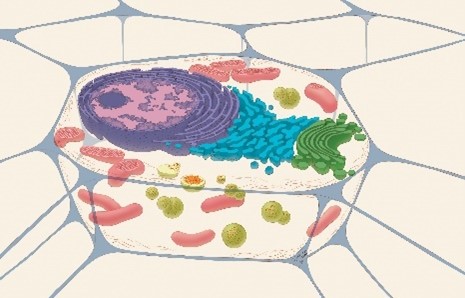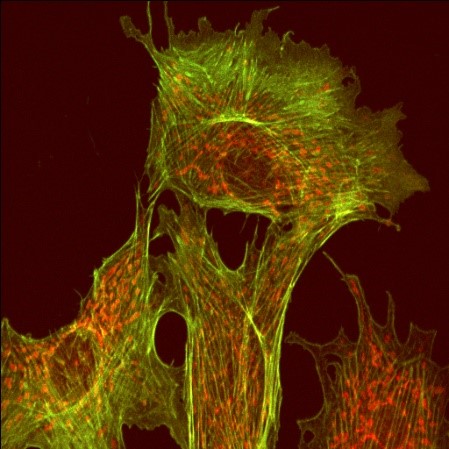Like skin that covers and protects our bodies, membranes surround and protect cells and organelles. Membranes are semi-fluid barriers composed mainly of lipids and proteins. They provide structure; control the import and export of molecules such as ions, nutrients, and toxins; and support cellular communication.

The lipids that compose membranes are primarily phospholipids. (Cholesterol is another lipid often present in membranes that helps regulate their stiffness.) Phospholipids have hydrophilic (water-loving) “heads” and hydrophobic (water-fearing) “tails.” Within the human body, a water-loving environment, they line up so that their tails face one another and their heads point outward. In membranes, this alignment makes a bilayer barrier that is two lipid molecules deep.
Continue reading “Science Snippet: The Marvels of Membranes”


